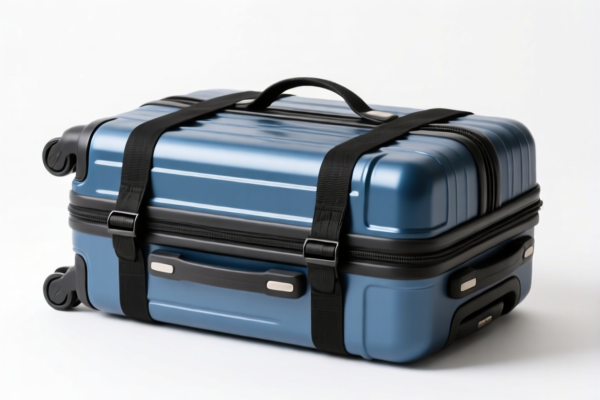| HS Code | Official Doc | Tariff Rate | Origin | Destination | Effective Date |
|---|---|---|---|---|---|
| 4202110030 | Doc | 63.0% | CN | US | 2025-05-12 |




HS Code 4202.11.00.30: Detailed Analysis for “Trunks, suitcases, vanity cases, attache cases, briefcases, school satchels and similar containers: With outer surface of leather or of composition leather”
This document provides a comprehensive breakdown of HS Code 4202.11.00.30, covering its classification, tax implications, and essential considerations for customs clearance.
1. HS Code Structure & Meaning:
The HS Code is a globally standardized system used to classify traded products. Here's a breakdown of 4202.11.00.30:
- 42: Articles of leather; saddlery and harness; travel goods, handbags and similar articles, and articles of animal gut, of vegetable fiber or of plastic sheeting. This chapter broadly covers leather goods and travel-related items.
- 02: Trunks, suitcases, vanity cases, briefcases, school satchels and similar containers. This narrows down the category to specific types of containers.
- 11: With outer surface of leather or of composition leather. This further specifies that the items are covered with leather or a leather-like material.
- 00.30: This is a further sub-division for statistical purposes, often related to specific material compositions or end-use applications.
2. Product Classification:
This HS Code specifically covers:
- Trunks: Large, typically rigid containers for travel.
- Suitcases: Portable containers for carrying clothes and personal belongings.
- Vanity Cases: Cases for cosmetics and toiletries.
- Briefcases: Cases for carrying documents and business essentials.
- School Satchels: Bags designed for carrying school supplies.
- Similar Containers: Other containers falling within the same general category, constructed with leather or composition leather outer surfaces.
Important Note: The key defining characteristic is the outer surface being made of leather or composition leather. Items with a different outer material (e.g., primarily plastic, textile) would fall under a different HS Code.
3. Tax Implications (Based on provided data):
- Basic Duty: 8.0%
- Additional Duty (Current): 25.0%
- Additional Duty (Post April 2025): 30.0%
- Total Tax (Current): 63.0%
Calculation Example:
If the declared value of the goods is $1000, the tax calculation would be as follows:
- Basic Duty: $1000 * 8.0% = $80
- Additional Duty: $1000 * 25.0% = $250
- Total Tax: $80 + $250 = $330
- Total Cost (including tax): $1330
4. Key Considerations & Required Documentation:
- Material Verification: Crucially, customs officials will verify the outer material. Ensure accurate description and provide supporting documentation (e.g., material certificates, invoices) to prove the leather or composition leather content.
- Composition Leather Definition: "Composition leather" can have varying definitions. Be prepared to provide details on the composition of the material (e.g., percentage of natural leather, type of synthetic materials used).
- Valuation: Accurate declaration of the value of the goods is essential. Customs will scrutinize invoices and may require supporting documentation to justify the declared value.
- Country of Origin: The country of origin must be accurately declared, as this affects applicable trade agreements and potential tariff reductions.
- Post-April 2025 Tariff Changes: Be aware of the upcoming tariff increase in April 2025. Factor this into your cost calculations.
- Potential for Inspection: Due to the material composition and tariff implications, these goods are likely to be subject to customs inspection.
5. Recommendations:
- Consult with a Licensed Customs Broker: Navigating customs regulations can be complex. A broker can provide expert guidance and ensure compliance.
- Obtain a Material Certificate: A certificate from the supplier confirming the leather or composition leather content is highly recommended.
- Review Trade Agreements: Check if any trade agreements between China and the destination country offer preferential tariff rates.
- Prepare Detailed Invoices: Include a clear description of the goods, material composition, value, and country of origin on the invoice.
Disclaimer: This information is for general guidance only and should not be considered legal advice. Customs regulations are subject to change. Always consult with a licensed customs broker or relevant authorities for the most up-to-date information.
Customer Reviews
No reviews yet.